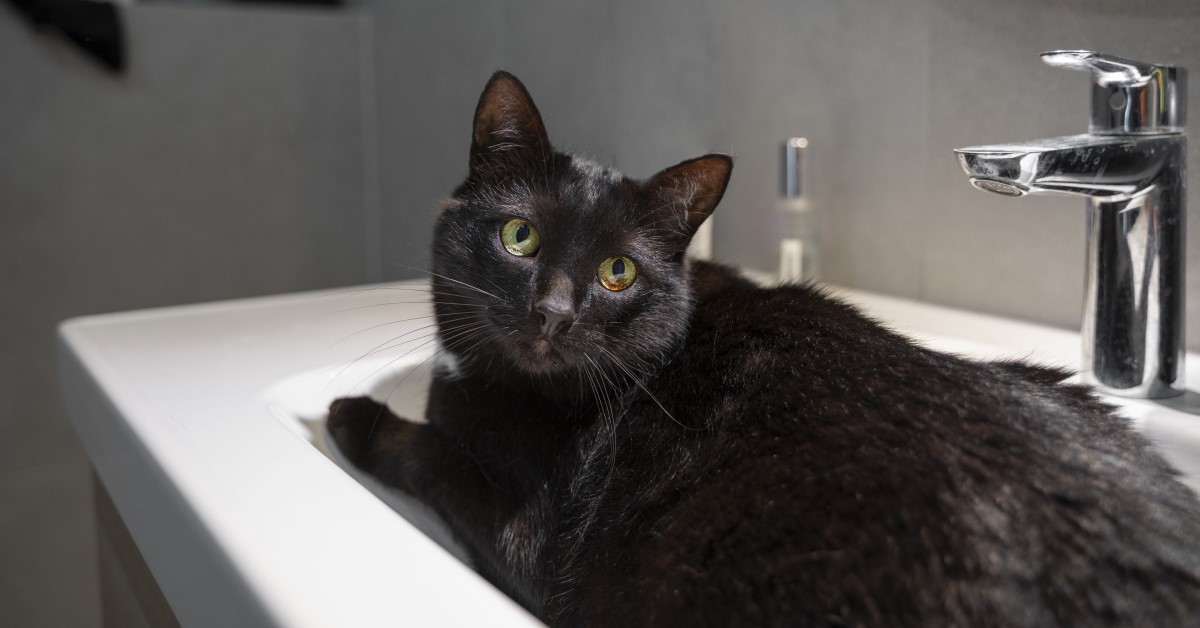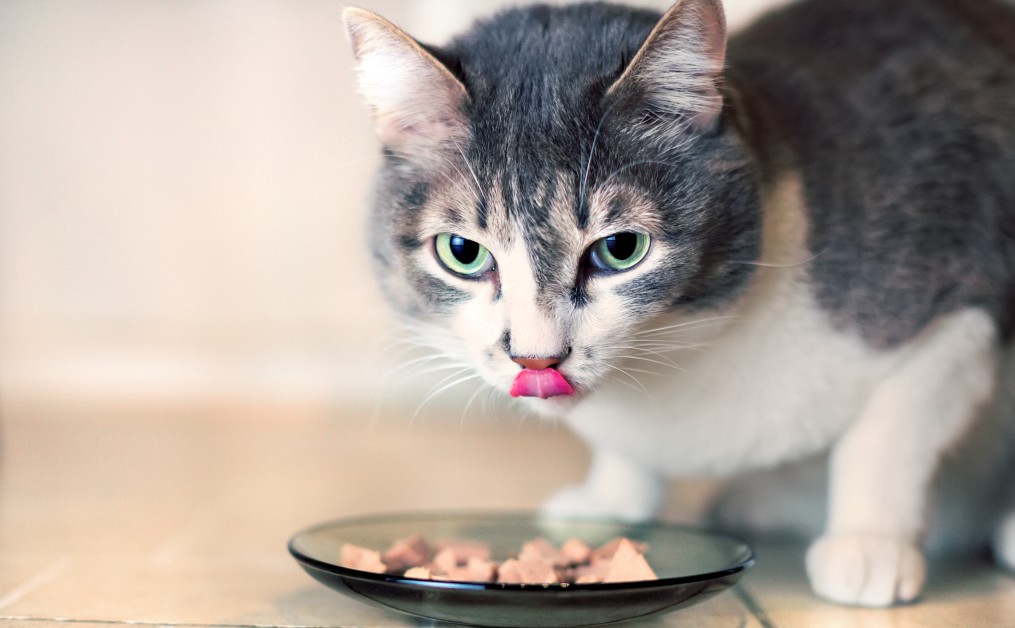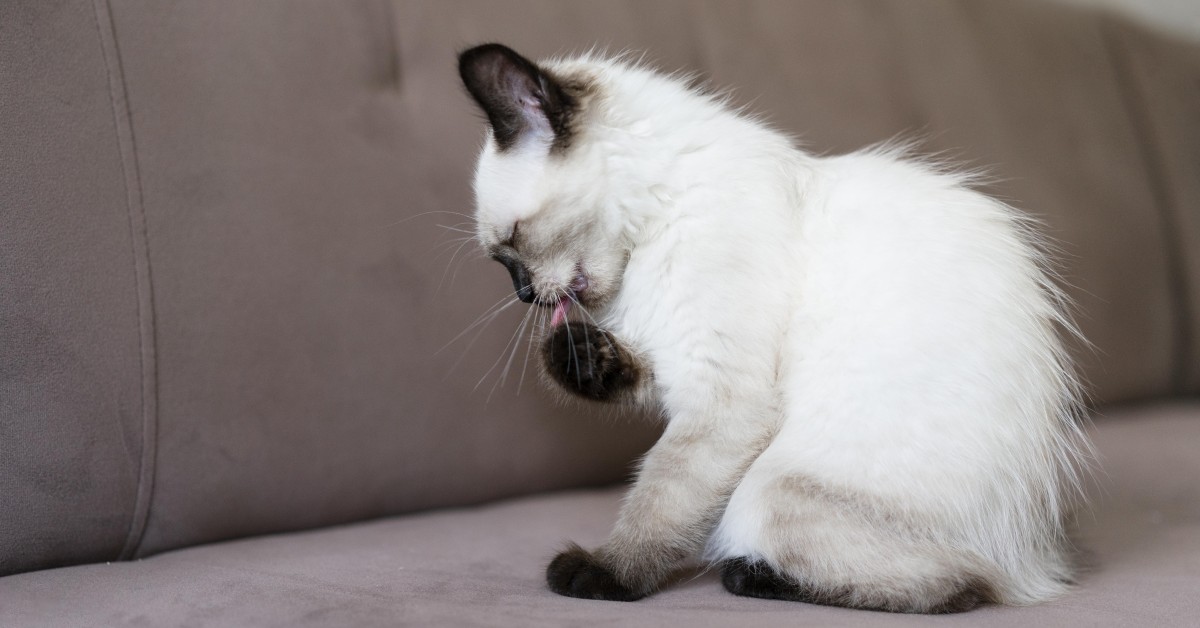What's the Deal with Cats and Water?
Cats definitely need water -- despite their own mixed feelings about this essential nutrient!

Since you adopted a feline friend of your own, you may have read or heard countless strange, even contradictory details about cat’s relationship with water.
"Cats hate water."
"My cat loves to swim!"
"This cat will only drink from the faucet."
Any of these statements could prove true for your own kitty. But, however your cat reacts to water, there's no doubt that all cats need sufficient water to stay healthy. Let's explore the odd dynamic cats have with water, from how much water cats need to what breeds actually like playing in ponds, lakes - and your shower!
Do Cats Really Hate Water?
Many people are convinced that cats will do anything to avoid getting wet. By and large, this holds true for most breeds of domesticated cats. Here are some common reasons your cat might avoid rain or fight its way out of your grasp at bath time.
- Grooming - Cats spend a lot of time and effort on their personal grooming, using their rough tongue and a bit of saliva to clean every inch of their fur. The last thing your cat wants is to have all its hard work undone by water being poured all over it.
- Discomfort - The application of hot or cold water may come as quite a shock to a cat that isn't expecting it. Even lukewarm water could feel distinctly uncomfortable in a cool environment.
- Past experience - A cat that has had an unhappy experience around water in the past won't be in a hurry to repeat that trauma.
For these reasons, you'll rarely see most pet cats embrace water. However, some breeds buck this trend by swimming and frolicking freely in lakes, tubs, or ponds. Examples include Turkish Vans, Maine Coon, Abyssinian, Bengal, and Norwegian Forest cats.
Even cats that don't like being immersed in water often show a strange fixation with running water, staring at it intently, batting it with a paw, or even drinking from the stream. Researchers believe that cats just find the sparkling water and trickling noises fascinating.
Cat Hydration Versus Cat Dehydration
Regardless of whether your cat enjoys being around water, there's no getting around the fact that it must consume a sufficient amount of water daily. After all, a cat's tissues consist of up to 70 percent water. Proper cat hydration usually calls for the consumption of an ounce of water for every pound the cat weighs. For example, if you own a 10-pound cat, you want to give that cat the equivalent of 10 ounces of water each day.
Unfortunately, this level of water consumption can create challenges -- especially when you consider that a cat's tongue can only lap up about three-hundreds of a teaspoon at a time. The fact that cats will often turn up their noses at still water, which they regard as less fresh than moving water, only complicates the problem. Meanwhile, the cat loses water every day through sweat and respiration.
If your cat doesn't consume enough water to make up for its regular fluid loss through natural processes, dehydration can result. Cat dehydration can cause illness or even death if it isn;t addressed promptly. Conditions such as chronic renal failure, liver disease, diabetes, and diarrhea can accelerate fluid loss and dehydration.
If your cat shows symptoms such as fatigue, loss of appetite, sunken eyes, dry gums, and panting, it may suffer from dehydration. You can check for this problem by pinching its skin and watching to see whether it snaps back to its normal position right away. If it doesn't, contact your veterinarian as soon as possible.
How to Get More Water Into Your Cat
If you know your cat needs to drink more water, how do you get it to do so? Start by giving your cat fresh water (in a clean bowl) every day. Cats don't like having their whiskers touched, so if you've been using too deep a water bowl, exchange it for a shallower bowl and see if your cat drinks more readily. Always place the water bowl well away from the food bowl and litter box.
Since cats seem to love running water, you may also have luck with a pet water fountain. Cats also like variety when it comes to their water-drinking opportunities. Try putting multiple water bowls in various rooms and/or leaving a cup of water in an unexpected place.
Don't neglect other ways to keep your cat hydrated. For instance, wet food in a can is mostly water, giving your cat a welcome dose of hydration as well as essential vitamins, minerals, and proteins. Chicken broth, beef broth, and the water from canned tuna offer other tempting water sources.
The Value of Veterinary Exams
Nothing beats having a trusted feline veterinarian on hand to help you cope with issues of cat hydration and dehydration. An immediate medical exam can detect underlying causes or aggravating factors. The vet can then treat those conditions. In severe cases, a veterinarian can even administer intravenous fluids to restore hydration to normal levels. At the same time, your vet can advise you on smart strategies to help your furry friend get the right amount of water to enjoy a healthy, happy life.
Ready to start saving money on pet wellness care?
Then take a look at Mint Wellness, the pet wellness plan that provides fast reimbursement on routine pet care. Save on vaccinations, wellness exams, preventatives, dental, and more!
Learn More


